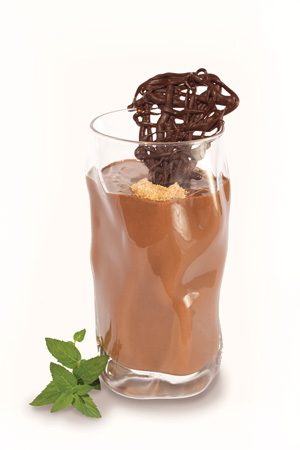Refrigeration, such as walk-ins and reach-ins, holds ingredients cold and at food-safe temperatures until operators need to serve the food or assemble menu items. In contrast, blast chillers remove heat from food items, bringing them down to safe temperatures.
 Typically three to four times more costly than standard refrigeration units, this process forms microcrystals on products, which can keep food from becoming dehydrated.
Typically three to four times more costly than standard refrigeration units, this process forms microcrystals on products, which can keep food from becoming dehydrated.
Well-suited for large-volume applications such as catering operations and banquet halls, blast chillers allow operators to make product ahead of time and reheat the food when necessary. These units also can crank out more volume without compromising product quality and consistency.
Creative operators use blast chillers in a variety of ways. Examples of these creative applications include chilling salad plates prior to serving, cooling wine and beer glassware, refrigerating beverages quickly and reducing the temperature of hot product rapidly for easier handling.
Operators can monitor the blast-chilling process either with time and temperature or with a probe. Either way, HACCP protocol states that food must go from more than 140 degrees F to 70 degrees F in two hours and from 70 degrees F to 40 degrees F in four hours, with the total process not to exceed six hours.
By dropping food temperatures from 160 degrees F to 35 degrees F in 4 or less hours, blast chillers ensure food steers clear of the danger zone, that period of time where bacterial growth can ensue. These units expedite chilling by combining cold and moving air across the food or pulling out hot air. This happens at such a pace that the unit does not compromise food quality in the form of crystallization or freezer burn.











